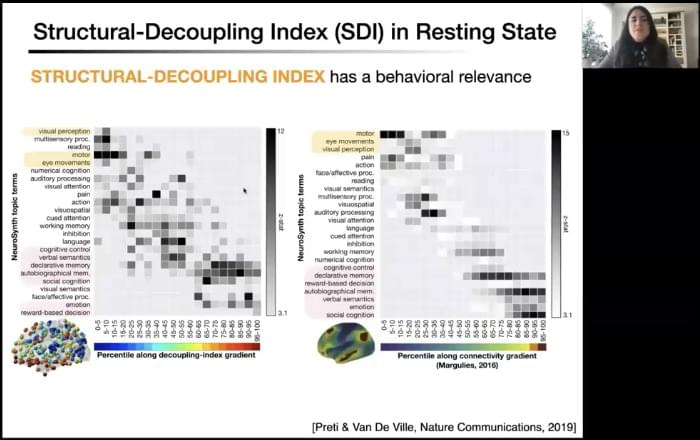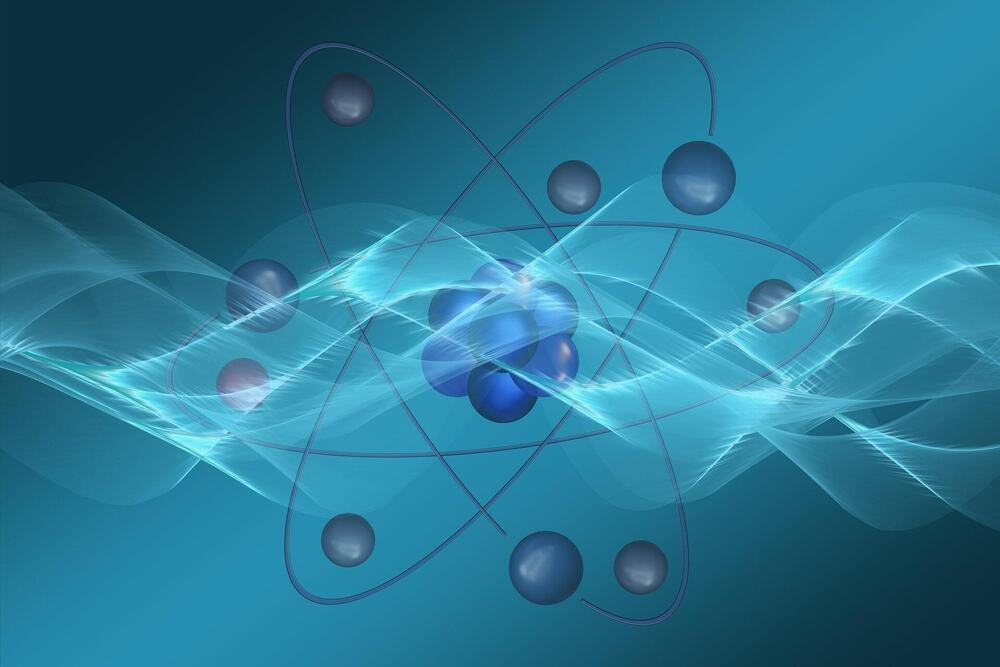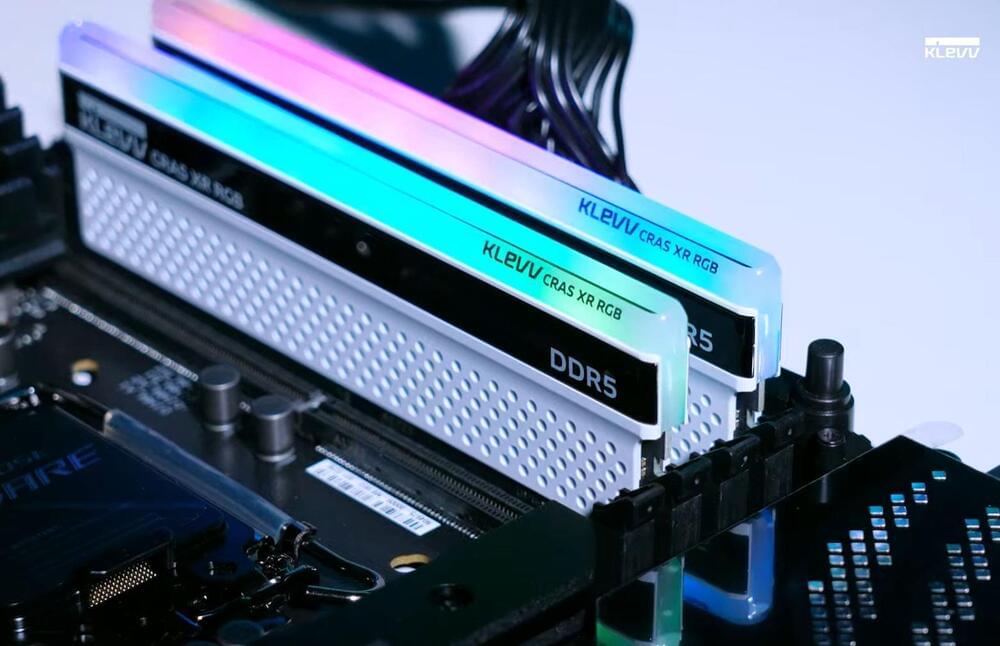More entanglements in the material help polymer chains slip without breaking.
Get the latest international news and world events from around the world.


Making science serve humanity: Jennifer Doudna, PhD, says CRISPR gene-editing technology should be accessible to all
The path that led Jennifer Doudna, PhD, and her colleagues to the development of CRISPR, the gene-editing tool that has revolutionized science and earned her a Nobel Prize, started with their deep curiosity and drive to understand how the most basic building blocks of life function.
When Doudna first decided to investigate precisely what systems bacteria use to adapt their immune systems to fight off viral infections, she had little expectation that the findings would ultimately provide the key to technology that could be used to safely alter genetic code.
“All of us [on the research team] realized that what had started as a fundamental research question was morphing into a very different kind of project; namely, one with enormous technical potential and also risks and opportunities that we had not appreciated when we started the work,” Doudna explained during a conversation with J. Larry Jameson, MD, PhD, chair of the AAMC Board of Directors and executive vice president of the University of Pennsylvania Health System, at the opening plenary of Learn Serve Lead 2021: The Virtual Experience, on Monday, Nov. 8.

Brain Structure is Key to Understanding Human Cognition
A CNS 2021 provided an incredible opportunity to learn more how the anatomy and integrity of brain networks impact higher-level cognition.
In the 19th and 20th century, cases of individuals with brain injury, such as Phineas Gage or Henry Molaison, have advanced our understanding of the relationship between the anatomy of the brain and its function. Back then, methods were limited to investigate whole-brain structure and function. Now, cognitive neuroscientists have some ability to visualize and measure activity of the whole brain at once, as well as the computational tools to investigate complex network-level relationships between brain structure, brain function, and behavior.
As a doctoral student working on stroke recovery, attending the CNS 2021 symposium led by Danielle Bassett was an incredible opportunity to learn more about some of the most recent methods that have been developed to understand how the anatomy and integrity of brain networks impact higher-level cognition. Strokes highly disrupt anatomical and functional connectivity, leading to cognitive and motor impairments. In individuals with post-stroke language impairments, namely aphasia, evidence shows that the more functional brain networks recover an organization similar to healthy individuals the better the recovery (Kiran et al., 2019). Understanding the relationship between brain structure and function in health and disease is therefore essential to develop appropriate treatments.
At this CNS symposium, the speakers showed how different models can help us better understand brain structural organization and how this particular organization constrains cognitive processes. They also showed direct relationships between alteration of anatomical networks, caused by disease or behavioral training, and changes in behavioral performance.

‘Back to basics’ approach helps unravel new phase of matter
A new phase of matter, thought to be understandable only using quantum physics, can be studied with far simpler classical methods.
Researchers from the University of Cambridge used computer modeling to study potential new phases of matter known as prethermal discrete time crystals (DTCs). It was thought that the properties of prethermal DTCs were reliant on quantum physics: the strange laws ruling particles at the subatomic scale. However, the researchers found that a simpler approach, based on classical physics, can be used to understand these mysterious phenomena.
Understanding these new phases of matter is a step forward towards the control of complex many-body systems, a long-standing goal with various potential applications, such as simulations of complex quantum networks. The results are reported in two joint papers in Physical Review Letters and Physical Review B.

Lynx R-1 MR Headset Kickstarter Comes to an End with over $800,000
French startup Lynx launched a Kickstarter campaign for Lynx R-1 in October, a standalone MR headset which is capable of both VR and passthrough AR. Starting at €530 (or $500 if you’re not subject to European sales tax), the MR headset attracted a strong response from backers as it passed its initial funding goal in under 15 hours, going on to garner over $800,000 throughout the month-long campaign.
Update (November 10th, 2021): Lynx R-1 Kickstarter is now over, and it’s attracted €725,281 (~$835,000) from 1,216 backers. In the final hours the campaign managed to pass its first stretch goal at $700,000—a free facial interface pad.
If you missed out, the company is now offering direct preorders for both its Standard Edition for $600 and Enterprise Edition for $1,100. It’s also selling a few accessories including compatible 6DOF controllers, facial interfaces, and a travel case.
3D Printed Absolute Encoder Is Absolutely Wonderful
When you need to record the angle of something rotating, whether it’s a knob or a joint in a robotic arm, absolute rotary encoders are almost always the way to go. They’re cheap, they’re readily available, and it turns out you can make a pretty fantastic one out of a magnetic sensor, a ziptie, and a skateboard bearing.
When [Scott Bezek] got his hands on a AS5600 magnet sensor breakout board, that’s just what he did. The sensor itself is an IC situated in the middle of the board, which in Scott’s design sits on a 3D-printed carrier. A bearing mount sits atop it, which holds — you guessed it — a bearing. Specifically a standard 608 skateboard bearing, which is snapped into the mount and held securely by a ziptie cinched around the mount’s tabs. The final part is a 3D-printed knob with a tiny magnet embedded within, perpendicular to the axis of rotation. The knob slides into the bearing and the AS5600 reads the orientation of the magnet.
Of course, if you just wanted a rotary knob you could have just purchased an encoder and been done with it, but this method has its advantages. Maybe you can’t fit a commercially-available encoder in your design. Maybe you need the super-smooth rotation provided by the bearing. Or maybe you’re actually building that robotic arm — custom magnetic encoders like this one are extremely common in actuator design, and while the more industrial versions (usually) have fewer zipties, [Scott]’s design would fit right in.

KLEVV announces DDR5 CRAS XR RGB memory up to 6400 MT/s
KLEVV Reveals New DDR5 Standard and Gaming Memory Designed for Intel 12th Generation ‘Alder Lake’ platforms, QVL tested with leading motherboard brands HONG KONG — KLEVV, an emerging memory brand introduced by Essencore, today announced the latest addition to its lineup of computer memory upgrades with new DDR5 memory series, including DDR5 standard memory and […].
